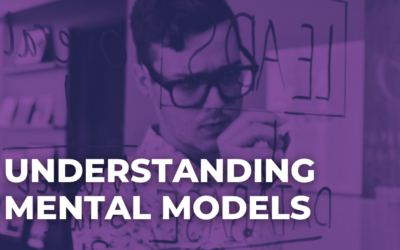 Our most recent designer interview in our series is with Elliot Jay Stocks; designer, illustrator, speaker, musician and author of Sexy Web Design.
Our most recent designer interview in our series is with Elliot Jay Stocks; designer, illustrator, speaker, musician and author of Sexy Web Design.
How or where do you find inspiration?
From all over the place, but I try not to rely purely on the web. I get a lot of my ideas from print design and the outside world in general. I’m a big fan of the countryside so I think that has translated into the textural, earthy stuff I’m known for. I do less of that these days, though, as I’m pretty bored by the massively over-used ‘grunge’ look.
Who is the biggest influence on your work right now?
I have some incredibly talented friends and I feel very fortunate to be surrounded by such amazing creativity. People like Tim Van Damme, Miguel Ripoll, Matthew Smith, and Mike Kus continue to put out incredible designs.
Where are your “design roots”? Print or Web?
Print in a way (because I was going down an illustration path for a long time and always dealt with lo-fi print stuff at school), although professionally I worked in the web long before I did my first professional print job. So really I feel like I’m a web designer who now does print stuff as well, although print has been in me for years before the web.
How important is it to know the history of design?
It depends how you classify ‘knowing’, really. I don’t believe it’s important to know the specifics like dates you’d find in history books, but it is important to be aware of certain movements, pioneers, and the affect they had on the world and when (roughly) that occurred.
Serif or Sans?
Serif, usually. Right now I’m in love with FS Clerkenwell from FontSmith.
Do you code and design? Are you a “Hybrid”?
Yeah, I do both, although design is where my heart is so I don’t get too deep into anything too heavy, code-wise. I enjoy front-end (HTML & CSS) coding but I try not go too far beyond that. I know enough basic Javascript and PHP to get by but I’d rather leave the proper back-end stuff to someone who has a passion for it.
What’s your favorite part of the creative process?
Probably the blank state. I love feeling that anything can happen. I also quite enjoy the beginning of the build, where the design is signed off and you go about recreating it in code. It’s when it gets to the specifics — when you start finding bugs and the like — that I lose that sense of enjoyment.
What makes your creative process different from everybody else?
I’m not sure it is different! I suppose I try and keep the idea of doing something innovative close to hand when designing. Not that the stuff I do is at all ground-breaking by any means, but I hope that people can look at my designs and say, “he wasn’t afraid to be a little bit different.”
What do you see as the single biggest shift in the evolution of design over the past 5 years
Probably the web standards movement, if we’re talking about the web. If we’re talking about the print world as a whole, though, then I’d say the biggest evolution is probably the web itself: these days on the web, we’re more able to achieve the aesthetic beauty previously found only in print.
What’s the difference between User Experience and User Interface design?
I’m not sure there is, if you consider the various interpretations people have of those job titles. Designing the user interface is all about creating the user experience. I think our industry is too concerned with job titles: working on the web means wearing lots of different hats, and we shouldn’t get too concerned with these arbitrary labels.
What makes one a web design professional?
Someone who is good enough to command a decent fee or salary and approach their work and conduct in a professional manner.
What are designers/developers doing right (or wrong) in the web 2.0 world?
Far too many designers — particularly in the HTML / CSS community but not so much in the Flash community — are far too content to blindly follow trends. There’s some amazing design work out there, but it’s only being created by a tiny amount of people. The vast majority of websites are pretty bland experiences.
What’s your favorite flavor of design or development programs/languages?
I design using Photoshop (and InDesign, if I’m doing print design) and occasionally turn to Illustrator for vector stuff. In terms of development, I code with TextMate and upload with Transmit. I’m keen to try out Espresso when I get the time. I use Scrivener to gather text-based content or do any sort of writing.
What is your favorite book?
I love so many books and enjoy them for such completely different reasons that it’s hard to pick just one, especially when it comes to novels. I’m also a huge comic book fan, so at least one of the Hellboy trade paperbacks would be up there. In terms of design books, I just picked up Lettering & Type and it looks like it might end up being one of my favourites.
What is your favorite movie?
Either Lost Highway or The Big Lebowski.
Who is your favorite musical artist (or What musical artist are you listening to the most right now?)
Nine Inch Nails.
From Elliot’s site: When not designing and illustrating, I often can be found writing — or traveling the world to speak at design-related events, which is rather nice. I’m the guy who wrote Sexy Web Design and the cheeky chappy who told everyone that we need to destroy ‘the web 2.0 look’.
Make sure and follow Elliot on twitter too: @elliotjaystocks





That was a fun read, always great to get into the heads of designers.
I didn’t take Elliot as a NIN type of guy haha
(Bonus points for the badass sideburns)